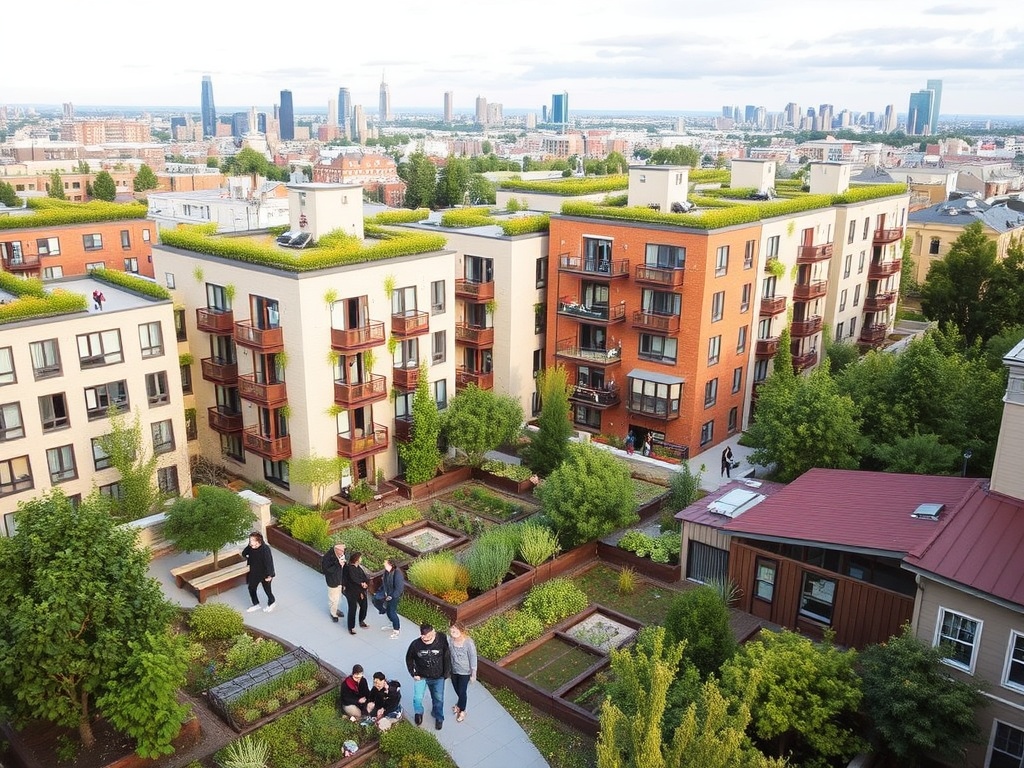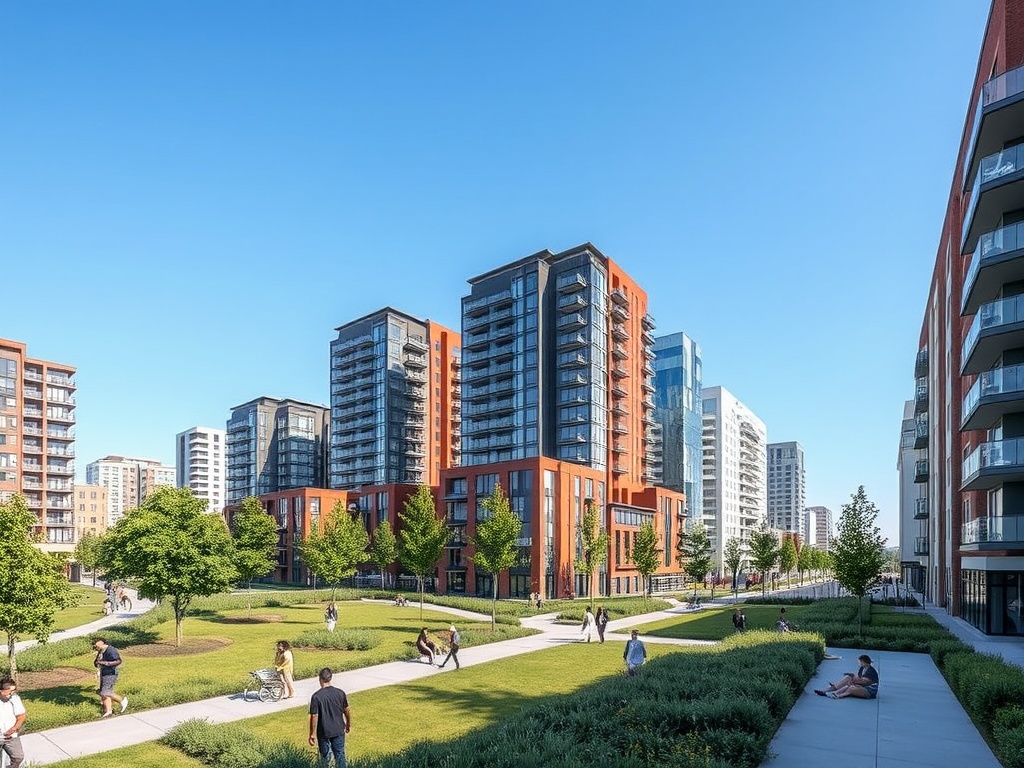Who Will Build the Homes We Need?
In recent discussions surrounding the housing crisis, the spotlight has often been on reforms to the planning system. Many advocate for increased housebuilding, viewing it as the key solution to the ongoing crisis. The reasoning is straightforward: by relaxing planning regulations, we can eliminate the bottlenecks that have hindered private investors from constructing more homes. The expectation is that this increased supply would exert downward pressure on house prices and, ultimately, rents.
However, an exclusive focus on planning reform could lead to a significant oversight of critical factors such as how and where housing is delivered, and who stands to benefit from it. While planning reforms may boost housebuilding rates, they do not inherently ensure that the necessary labor force is available to construct these homes. Furthermore, securing the investment required for such an initiative becomes increasingly challenging, especially amid rising interest rates.
Moreover, simply granting planning permission does not ensure that these homes will actually be built. Since 2007, developers have received permission for over 1.4 million homes that remain unconstructed. The challenge extends beyond feasibility; the current preoccupation with the sheer volume of housebuilding often neglects important considerations about tenure, quality, location, and the public good. This gap leaves fundamental questions about the characteristics of new housing unanswered.
As it stands, the private rental sector has been expanding for decades, with homeownership rates declining and council housing suffering significant cuts. The Build to Rent sector—where institutional landlords, including pension funds and asset managers, focus solely on constructing new homes for rental purposes—has seen remarkable growth. In just five years, this sector has tripled, now accounting for one in five new homes built.
The government has recognized the potential of Build to Rent in its housing strategy, offering the sector £2 billion in low-interest loans. In stark contrast, funding for new social housing has been notably scarce. With the UK emerging as the leading market for overseas property investment, dominated by the same stakeholders involved in Build to Rent, this trend warrants careful examination.
There are significant concerns that this could further exacerbate issues of affordability and security for renters. Over 90% of Build to Rent homes cater to single individuals, couples, or flatshares. In fact, tenants with household incomes exceeding £68,000 are disproportionately represented within this sector, which typically commands higher rents. Despite fiscal incentives for the industry, the focus remains on more expensive housing aimed at those with higher incomes.
Concerns About Overseas Investment

Additionally, it’s noteworthy that four out of the five largest Build to Rent landlords are either owned or predominantly controlled by foreign investment funds, with private equity firms playing a significant role in the sector. This raises pressing questions about the practices these landlords may engage in.
For example, in Madrid, a surge of private equity firms in the housing market resulted in increased evictions and a decline in housing quality. These firms often prioritize cost-cutting measures while seeking to maximize rents, creating a situation that increasingly disadvantages renters. The rapid growth of these large landlords could potentially lead us backward, rather than forward, in addressing housing needs.
The Case for Public Housing
Fortunately, we don’t need to look far to find more effective alternatives. Britain has a proven solution at its disposal: public housing. In the post-war era, mass council housebuilding produced high-quality, affordable housing that remained largely insulated from the fluctuations of the market. While public housing alone cannot resolve the crisis, a revival of council housing could yield substantial benefits.
Implementing a council housing revolution would provide a steady and reliable stream of investment in new homes across the country. More importantly, it would address the intertwined crises of high costs, subpar quality, and inaccessibility that characterize our current housing landscape, paving the way for safe, secure, and genuinely affordable housing for all.
Adam Peggs is a senior press officer at Common Wealth and specializes in research and advocacy concerning the UK housing emergency.




